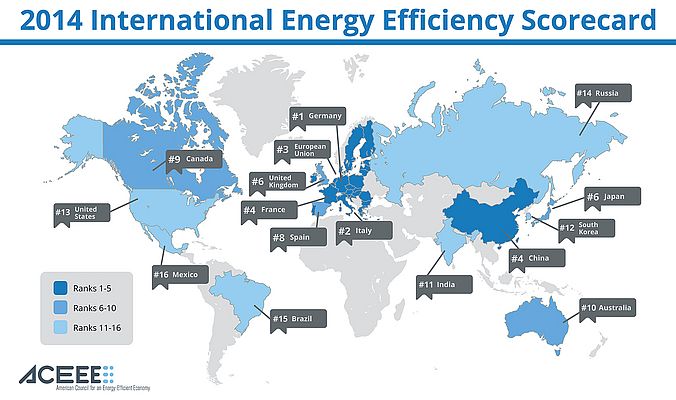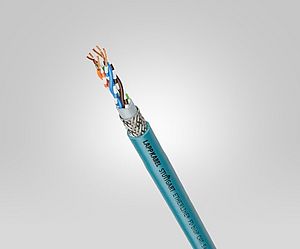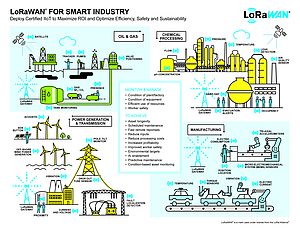Germany comes first in a new energy efficiency ranking of the world's major economies, followed by Italy, the European Union as a whole, China, and France, according to the 2014 International Energy Efficiency Scorecard published on July, 17th by the nonprofit American Council for an Energy-Efficient Economy (ACEEE). New to the rankings this year are four nations: India, Mexico, South Korea, and Spain.
Now in its second edition, the ACEEE report finds that, while some countries are still significantly outperforming others, there are substantial opportunities for improved energy efficiency in all economies analyzed, including the U.S., which ranked 13th out of 16 nations - behind countries such as China, Canada, and India. The new carbon pollution standards for existing power plants proposed this June by the U.S. Environmental Protection Agency (EPA) would be a major stride in the direction of greater energy efficiency in the U.S. There are dozens of other international best practices that the U.S. could implement to improve its score.
The rankings are modeled on ACEEE's time-tested approach to energy efficiency ranking of U.S. states, and include 16 of the world's largest economies: Australia, Brazil, Canada, China, France, Germany, India, Italy, Japan, Mexico, Russia, South Korea, Spain, the United Kingdom, the United States, and the European Union. These 16 economies represent over 81 percent of global gross domestic product and 71 percent of global energy consumption.
On a scale of 100 possible points in 31 categories, the nations were ranked by ACEEE as follows: (1) Germany; (2) Italy; (3) the European Union; (tied for 4) China; (tied for 4) France; (tied for 6) Japan; (tied for 6) United Kingdom; (8) Spain; (9) Canada; (10) Australia; (11) India; (12) South Korea; (13) United States; (14) Russia; (15) Brazil; and (16) Mexico. ACEEE divided the 31 metrics across four groupings: those that track cross-cutting aspects of energy use at the national level, as well as the three sectors primarily responsible for energy consumption in an economically developed country - buildings, industry, and transportation. The top-scoring countries in each grouping are: E.U., France, and Italy (three-way tie for national efforts); China (buildings); Germany (industry); and Italy (transportation). ACEEE Executive Director Steven Nadel said: "Germany is a prime example of a nation that has made energy efficiency a top priority. The United States, long considered an innovative and competitive world leader, has progressed slowly and has made limited progress since our last report, even as Germany, Italy, China, and other nations surge ahead."
Dr. Philipp Ackermann, Minister and Deputy Chief of Mission, Chargé d'Affaires, Embassy of the Federal Republic of Germany said: "We are very pleased that Germany ranks first in ACEEE's analysis of energy efficiency efforts among the world's 16 largest economies. We see this as a validation that Germany's measures are bearing fruit in its ongoing efforts to transition towards a low-carbon and energy-efficient economy. At the same time, we will continue to strive for further improvements. Energy efficiency is the second pillar of Germany's transformation of its energy system alongside the expansion of renewable energies."
The ACEEE report points out that while the U.S. has made some progress towards greater energy efficiency in recent years, the overall story is disappointing. "The inefficiency in the U.S. economy means a tremendous waste of energy resources and money. Across most metrics analyzed in this International Scorecard, in the past decade the United States has made limited progress toward greater efficiency at the national level." Rachel Young, ACEEE Research Analyst and lead author of the report said: "Countries that use energy more efficiently use fewer resources to achieve the same goals, thus reducing costs, preserving valuable natural resources, and gaining a competitive edge over other countries."
Industry Best Practices
Germany. Overall, Germany has a low industrial energy intensity relative to other countries. In addition, Germany has enacted several policies to reward and drive greater efficiency in its manufacturing sector. For example, Germany has voluntary energy-savings targets for manufacturers to improve their energy efficiency. However, its advances in industrial efficiency are largely driven by its economic incentives. Germany has programs that support greater energy efficiency in manufacturing production processes by providing subsidies for upgrading technology and equipment. Germany also targets small and medium-sized enterprises, helping them improve the efficiency of their facilities by providing 30% of the funding for energy-efficient motors, pumps, air-conditioning systems, and compressed air devices.
Italy. Italy has the highest use of CHP for power generation of all countries analyzed, potentially due to its policies to advance CHP. Italy has implemented a policy that ensures premium prices for the production of energy from "assimilated" sources (corresponding to CHP or waste-to-energy power plants) for the first eight years of these systems' electricity generation. This program, called the CIP6 programme, has spurred the development of CHP across the country since the mid-1990s. In addition, Italy's the Legislative Decree No. 20/2007 called for an increase in the use of high-efficiency cogeneration in industry. To accomplish this, the legislation created incentives to support the diffusion of this technology in manufacturing and industrial facilities. Incentives were for high-efficiency motors and inverters, mechanical vapor compression, and, more broadly, high-efficiency cogeneration.
Australia. Australia has a very low weighted energy intensity in industry, despite having an industrial sector made up of energy-intensive industries such as steel, chemicals, and industrial and transportation equipment. Australia has made strides to improve the energy efficiency of its industrial sector through a series of policies and programs. In 2011, the Australian government introduced the Clean Energy Future package, which included a number of energy efficiency initiatives such as an AUD800 million Clean Technology Investment Program. This program provides grant funding for investment in energy-efficient capital equipment and low-emissions technologies, processes, and products and is open to manufacturers that meet a minimum energy or emissions threshold. The government also established an assistance website called the Energy Efficiency Exchange, which supports the implementation of energy efficiency practices within medium- and high-energy-using companies. However, in 2013, the Australian government introduced several bills to repeal the Clean Energy Future Package, and the outcome of this legislative process will be reflected in future editions of this Scorecard.






















































